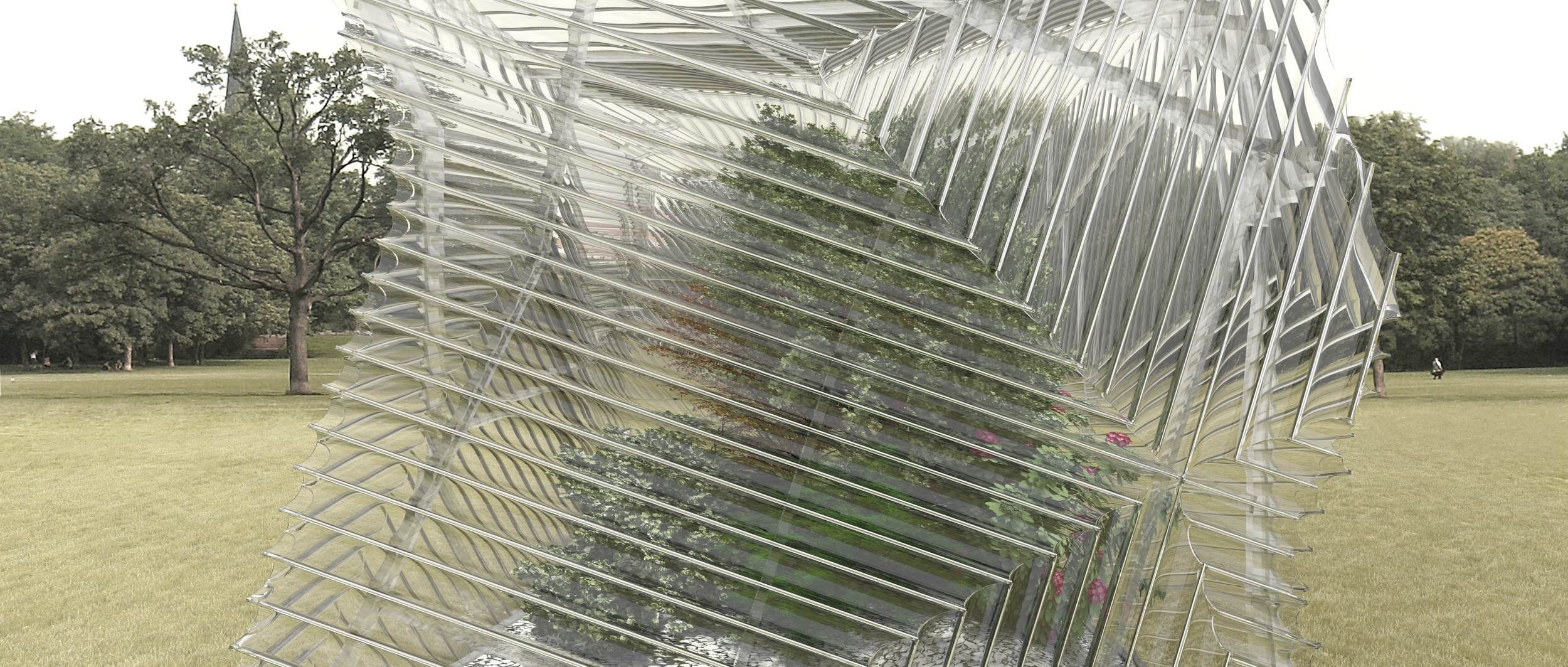IV.
House of Multiples
A speculative greenhouse

IV.
House of
MULTIPLES
A SPECULATIVE
GREENHOUSE

HOUSE OF MULTIPLES
PROJECT TYPE
Greenhouse
STATUS
Unbuilt, 2016
CLIENT
PRIVATE
PUBLISHED
Architect Magazine, February 2020.
TEAM
Maxi Spina
Jia Yi Gu
Wang-Hsuan Kung

